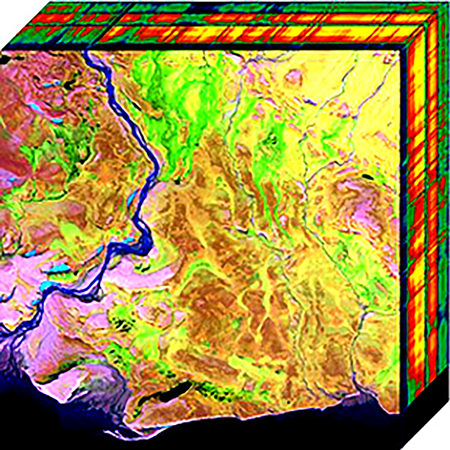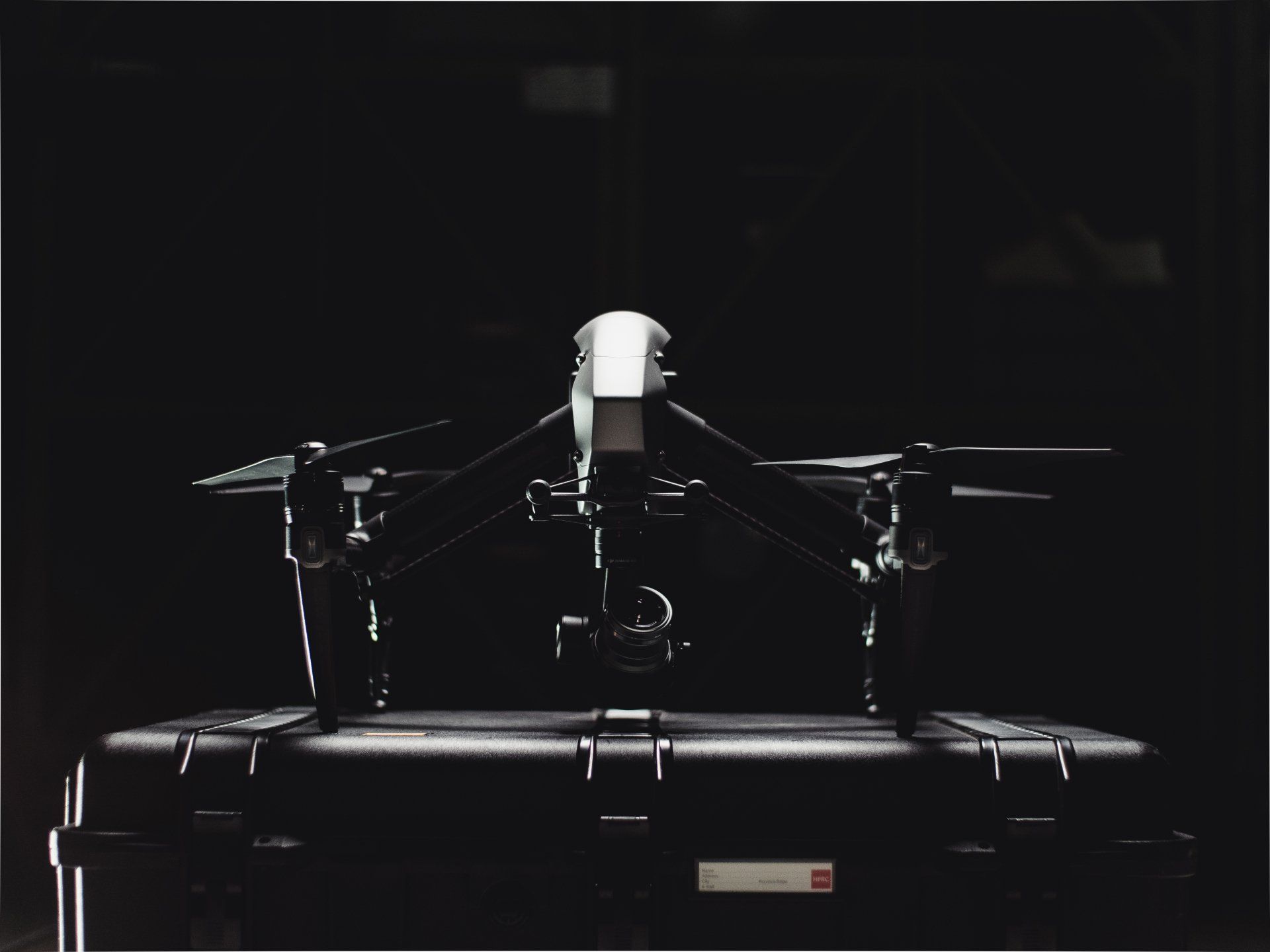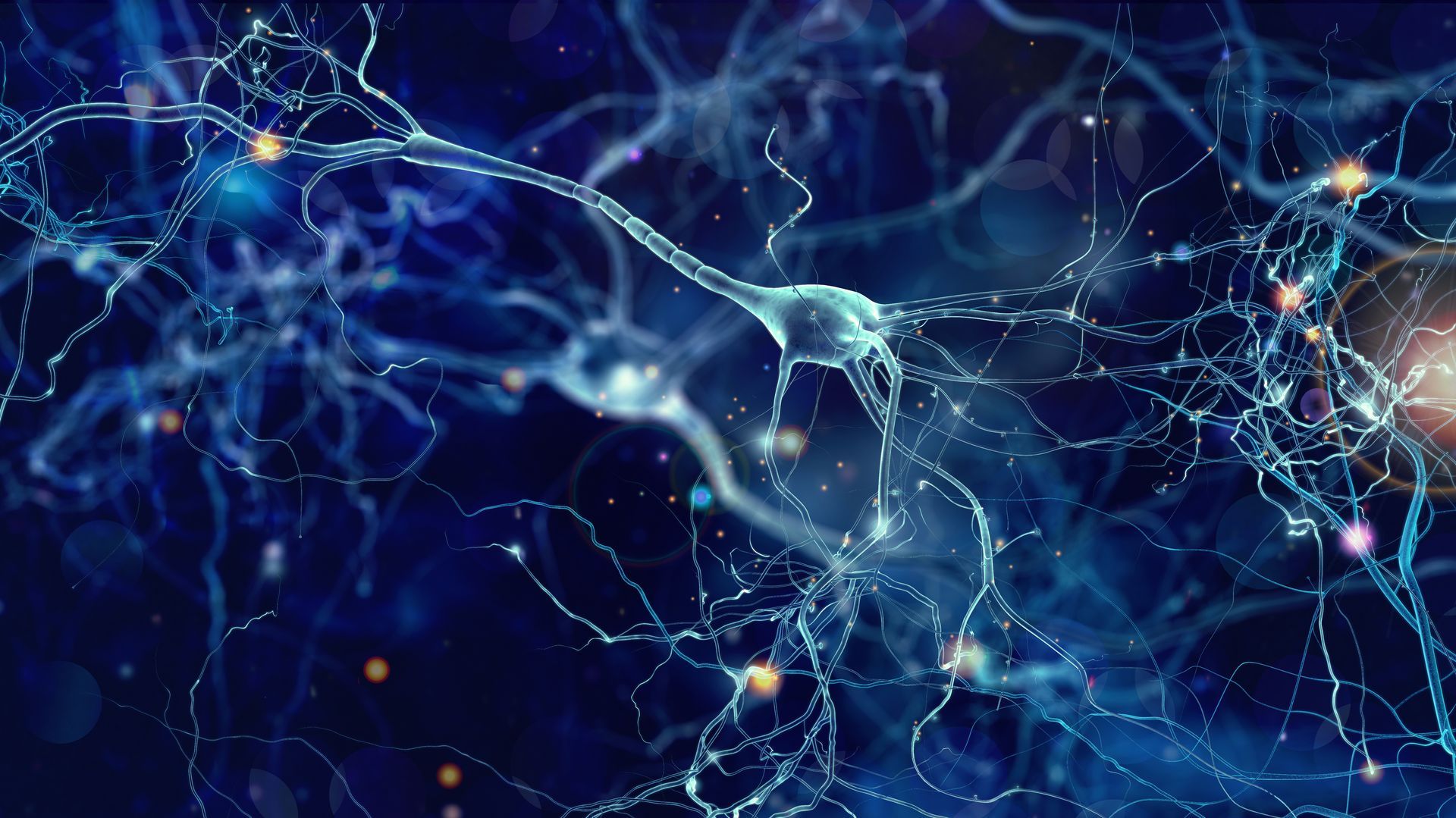The Evolutionary Leap in Neural Networks: From Classical to Biological Inspiration
The Evolution of Neural Network Technology

Imagine a world where technology not only mimics the human brain but also evolves alongside our understanding of it. This is the realm of neural networks, a cornerstone of artificial intelligence that has seen remarkable transformations. We've journeyed from the structured and familiar territory of second-generation neural networks, akin to digital architects of the modern AI landscape, to the exciting frontier of third-generation models, such as spiking neural networks (SNNs), which draw inspiration directly from the biological intricacies of our brains.
The Classical Charm of Second-Generation Neural Networks
Second-generation neural networks are like the dependable workhorses of the AI world. They operate using smooth, continuous activation functions - think of these as the knobs and dials that control the network's response. These functions, like sigmoid or ReLU, help the network decide how to respond to different inputs.
Learning in these networks is a bit like studying for an exam. They use a method called backpropagation, where the network learns from its mistakes, adjusting its weights (a bit like tuning its understanding) based on how off its predictions are.
In terms of structure, these networks are like a well-organized office, with information neatly flowing from the input to the output, sometimes passing through several layers of processing. However, they're a bit like someone who's not great at multitasking with time-based tasks. Handling data over time isn't their forte, unless they’re specifically designed for it, like their cousins, the Recurrent Neural Networks (RNNs) or Long Short-Term Memory units (LSTMs).
These networks have been the stars of the show in AI applications. From recognizing faces in photos to helping virtual assistants understand our requests, they've been instrumental in many of the AI breakthroughs we see today.
The Biological Brainwave: Third-Generation Neural Networks
Enter the third generation, where things get really interesting. Spiking neural networks (SNNs) are the new kids on the block, inspired by how our brain works. Unlike the continuous and smooth responses of their predecessors, these networks communicate using discrete spikes - think of it as a form of Morse code, where the message is in the pattern of the spikes.
Learning in SNNs is more like learning by observation and experience, rather than studying a textbook. They use rules inspired by how our brains naturally learn, focusing on the timing of these neural spikes.
One of the coolest things about SNNs is how they handle time-based data. They're inherently good at processing information that changes over time, making them great for tasks that require real-time processing.
A Tale of Two Generations
So, what sets these two generations apart? It boils down to a few key differences:
- How They Talk: Continuous values in classical networks versus binary, spike-based communication in SNNs.
- How They Learn: Gradient-based learning in classical networks versus biologically-inspired methods in SNNs.
- Power Efficiency: SNNs can be more power-efficient, especially on specialized hardware.
- Time Matters: SNNs are naturally better at dealing with data that changes over time.
While our classical networks have been the backbone of AI's recent successes, SNNs are carving out their niche, especially in areas where we need more efficient, real-time processing. They're not just a scientific curiosity; they're a glimpse into the future of AI, where our machines might not just think fast but also think smart, in a way that's closer to how we do.
As we continue this journey through the realms of AI, the evolution from second to third-generation neural networks isn't just a technical upgrade – it's a step closer to bridging the gap between artificial intelligence and the intricate workings of the human brain. And that, indeed, is a fascinating prospect.










